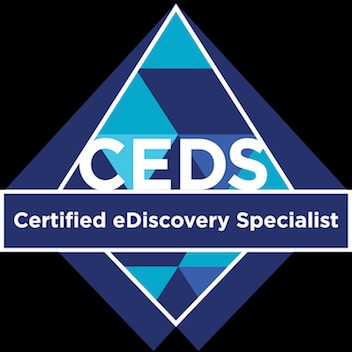티스토리 뷰
한국에서는 먼 훗날의 얘기가 되겠지만, 언제가는 Legal Hold 구시스템을 새것으로 교체하면서 고려해 볼 만한 사항들이겠군
http://www.exterro.com/e-discovery-beat/2014/07/11/avoiding-pitfalls-legal-hold-data-migrations/Organizations change legal hold systems for a variety of reasons. In some cases, a company simply out grows an existing tool and needs something more scalable and accommodating to a larger workload. In other circumstances, an organization may be seeking efficiency gains and process improvements that can only be achieved by investing in more advanced technology. As legal hold technology evolves, new capabilities and features emerge that impel legal teams to replace older products. Whatever the reason for making the switch, it is important organizations have a plan in place for making the transition as seamless and defensible as possible.
While it might sound simple, the process of moving from one legal hold system to another involves much more than just swapping out technologies. Data related to current and past legal hold activities must be carefully migrated from old system to new to ensure that all previous records and activity logs remain intact. The loss or permanent alteration of legal hold data – even that which relates to resolved matters – can expose organizations to potential sanctions. It’s equally important to minimize the impact of the migration on active custodians, who must retain a clear understanding of their preservation obligations regardless of what system is being used to communicate the message and manage compliance.
Organizations that fail to plan ahead and establish a clear process for executing the migration experience a high incidence of errors and oversights. Even when data isn’t lost, poor planning inevitably leads to delays and rework and demands far more resources than what is necessary.
The topic of legal hold migrations was addressed in Exterro and Epiq Systems’ recent webcast, “Four Steps to Successfully Migrating Legal Hold Systems,” and supplementary whitepaper.
Jim FitzGerald, senior director for Exterro, and David Rohde, senior director of consulting services at Epiq Systems, both have extensive experience working with corporate clients on legal hold migrations. They advocate a four-step legal hold data migration strategy.

Step 1: Assess
In this stage, organizations must assess their current environment and available data. It’s imperative to identify what data surrounds the scoping issuance and acknowledgement of legal holds, as well as the related legal hold activities (e.g. custodian interviews) and where that data is located to ensure nothing is overlooked.
Step 2: Plan
The planning stage involves defining concrete goals and success criteria for the migration. Additionally, organizations must identify the necessary resources needed for the project and prioritize tasks accordingly. This phase also involves identifying potential risks and how they can be mitigated. It’s during the planning stage that organizations must assess their internal resources and determine if specialized technology or outside expertise is required to ensure a successful migration.
Step 3: Deliver
It seems obvious, but a critical step in the migration process is actually sticking to the plan and making sure everyone is working towards the defined goals and success criteria. Professional project management and regular reporting can help support successful execution of the data migration project.
Step 4: Run
Organizations often neglect the fact that managing and supporting a post-migration environment is part of the overall migration effort. Ensuring that sufficient support resources, both technical and legal, are available to respond to user inquiries is essential for the confident adoption of the successor system.
Learn more about legal hold migrations and specific best practices that fall under each of these four steps by watching Exterro and Epiq Systems’ webcast, “Four Steps to Successfully Migrating Legal Hold Systems,” or reading the recently published white paper on the same topic.
'eDiscovery' 카테고리의 다른 글
| eDiscovery Cost를 줄이기 위한 In-House의 역할 (0) | 2014.08.07 |
|---|---|
| Glossary of 123 Commonly Used Terms (0) | 2014.08.06 |
| The Fix on Fixed Fees (0) | 2014.07.22 |
| An eDiscovery Market Size Mashup: 2013-2018 Worldwide Software and Services Overview (0) | 2014.07.17 |
| eDiscovery 전문가의 Career Path (0) | 2014.07.11 |
